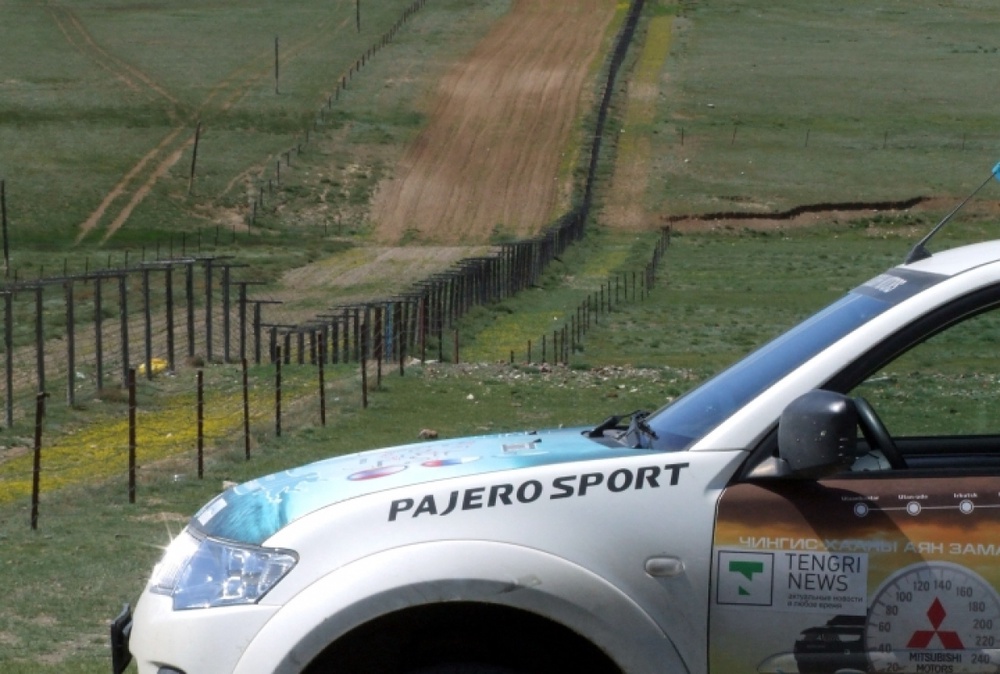





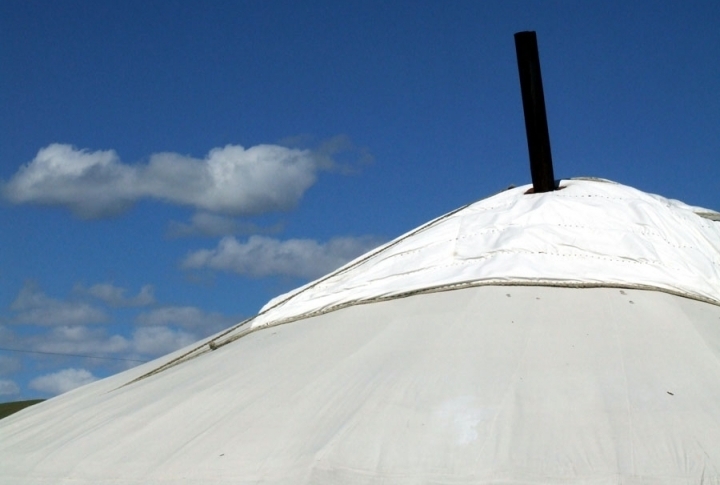
Not only stoves, but also TV-sets and fridges can be found in Mongolian gers (nomadic tents). ©Rustem Rakhimzhan

Aksakal (head of the tribe) Bayan-Olgei area told about first Kazakhs in Mongolia and even sang a national song. ©Rustem Rakhimzhan
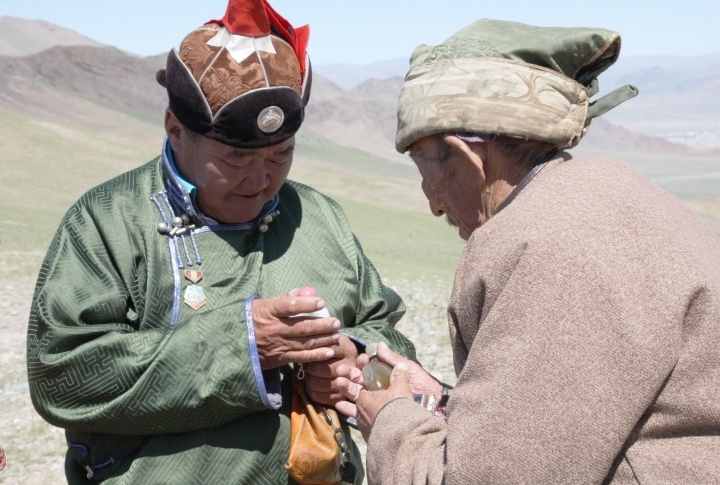
Exchange of bottles with naswar is part of greeting ceremony in Mongolia. (Naswar is a type of dipping tobacco, made from fresh tobacco leaves, calcium oxide and wood ash.) ©Zhuldyz Seisenbekova
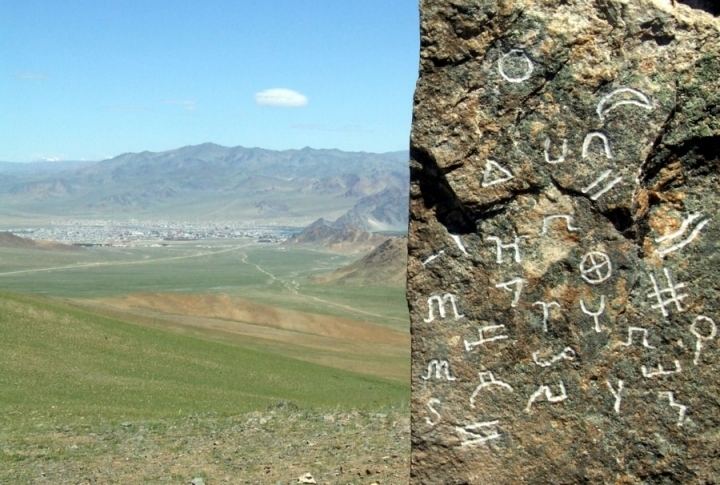
Images on the stone are symbols of Kazakh tribes. ©Rustem Rakhimzhan
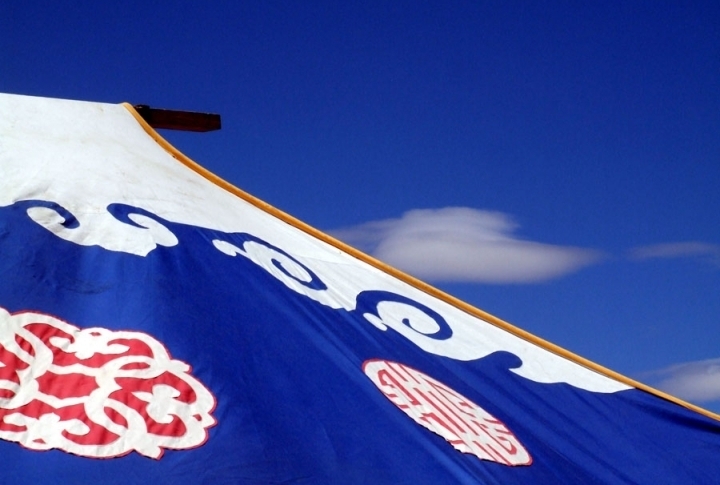
A traditional festival called Naadam is held in Mongolia July 11 to 13 annually. ©Rustem Rakhimzhan
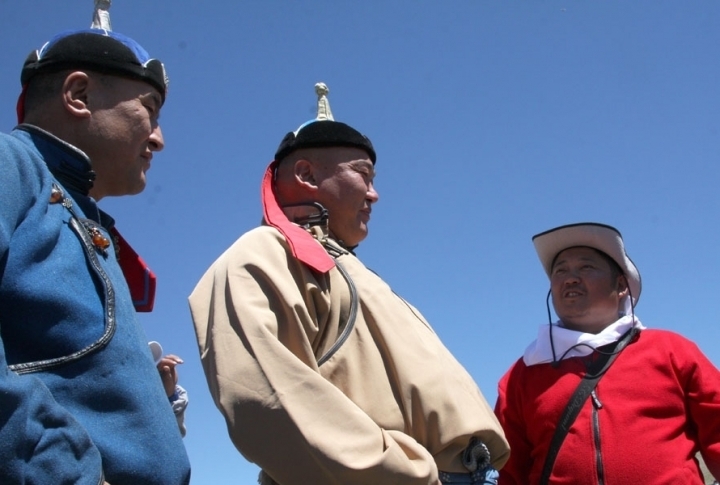
In the Mongolian language the word Naadam means "tri-tournament for men". ©Zhuldyz Seisenbekova
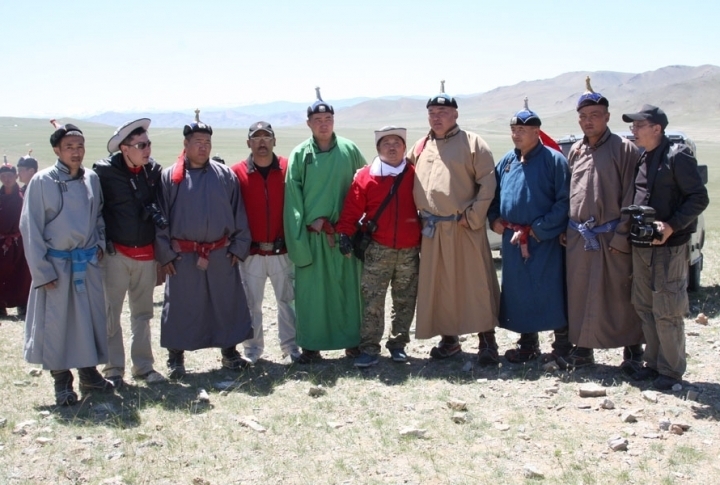
Naadam is a traditional tournament involving three national sports: wrestling, archery and horse-riding. ©Zhuldyz Seisenbekova
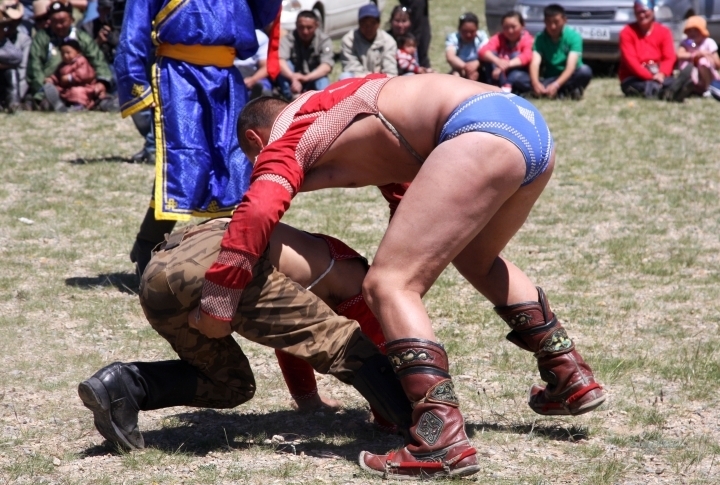
35 thousand of wrestlers, 40 thousand of horses and over 500 archers take part in Naadam every year. ©Zhuldyz Seisenbekova
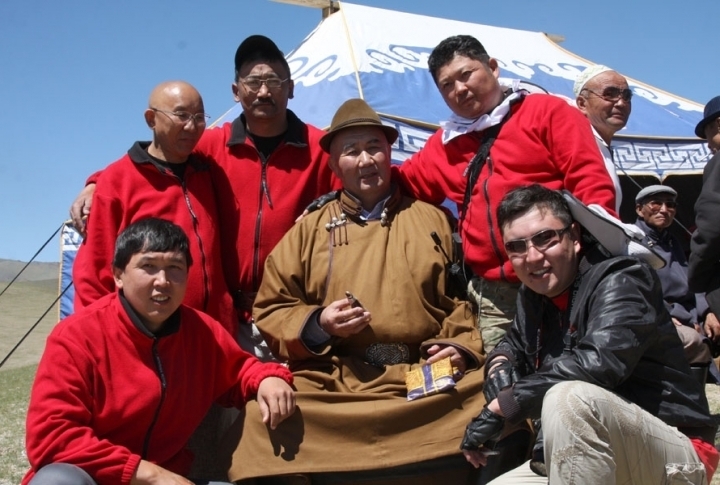
Honored wrestler of Bayan-Olgei area. ©Zhuldyz Seisenbekova
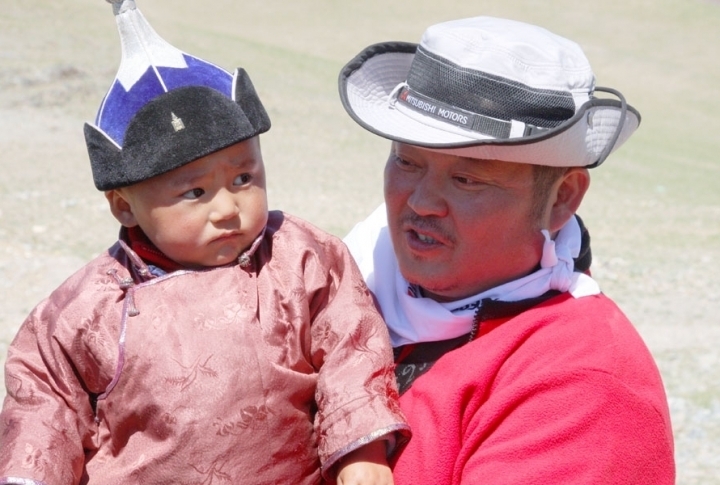
Future Mongolian wrestler. ©Zhuldyz Seisenbekova
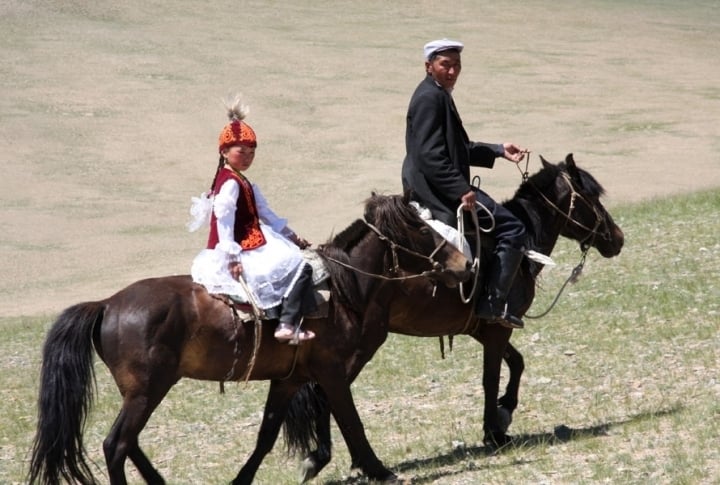
There is a saying that “Mongols are born in the saddle.” Boys and girls are thought horse-riding from the age of 4. ©Zhuldyz Seisenbekova
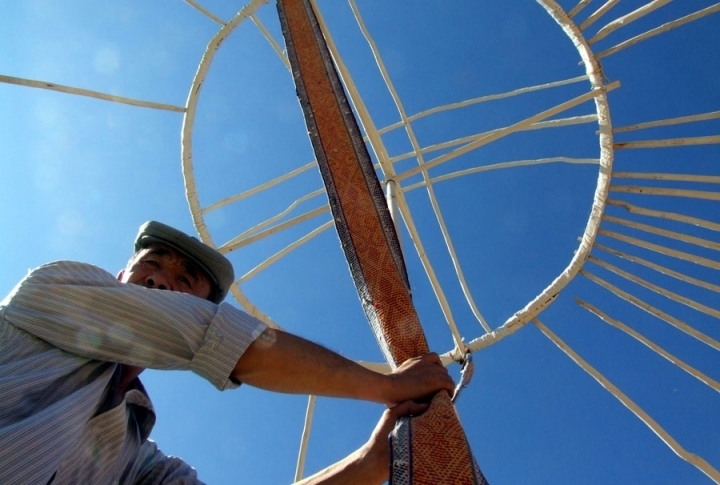
A Mongolian ger being assembled in one of the villages. ©Rustem Rakhimzhan
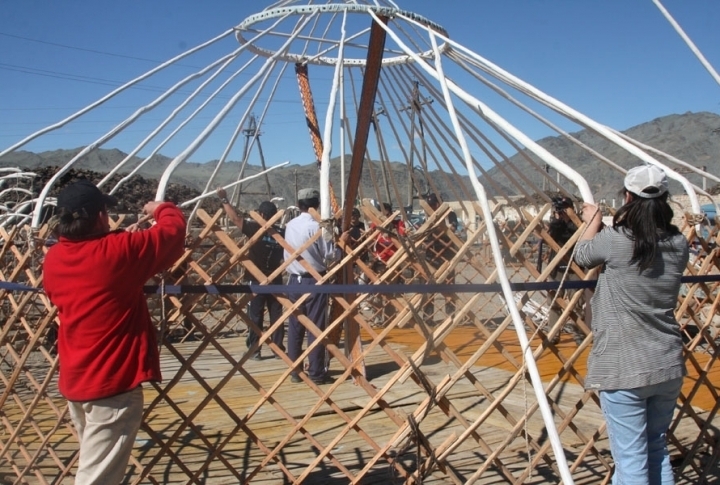
Participants of the expedition help assemble the ger. ©Zhuldyz Seisenbekova

Representatives of the ancient tribe Abak-Kerei have mastered the art of hunting with birds. ©Zhuldyz Seisenbekova
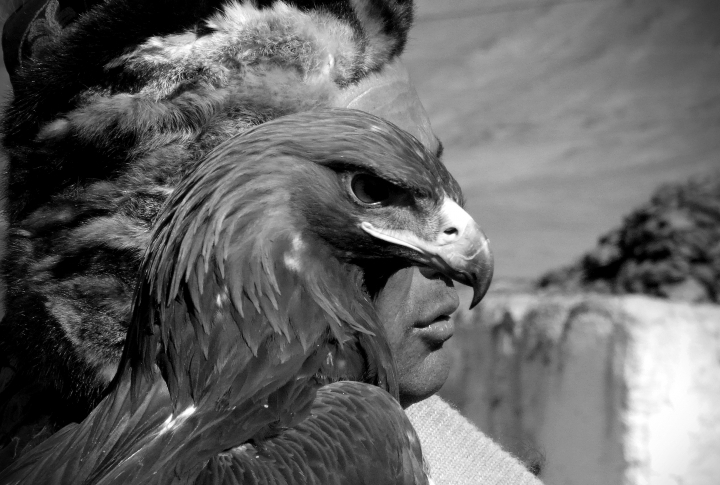
Common face of the hunter – a man and a bird. ©Rustem Rakhimzhan

Balbal-tas. The rock resembles a man holding torsyk, a jar for kumys (mare's milk). ©Rustem Rakhimzhan
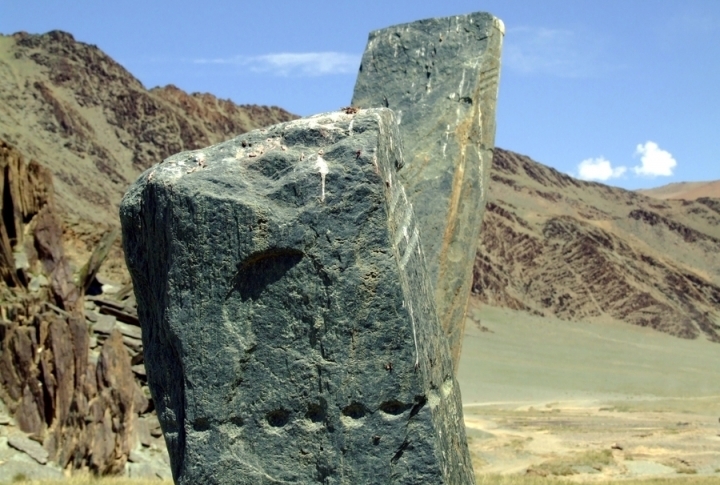
©Rustem Rakhimzhan
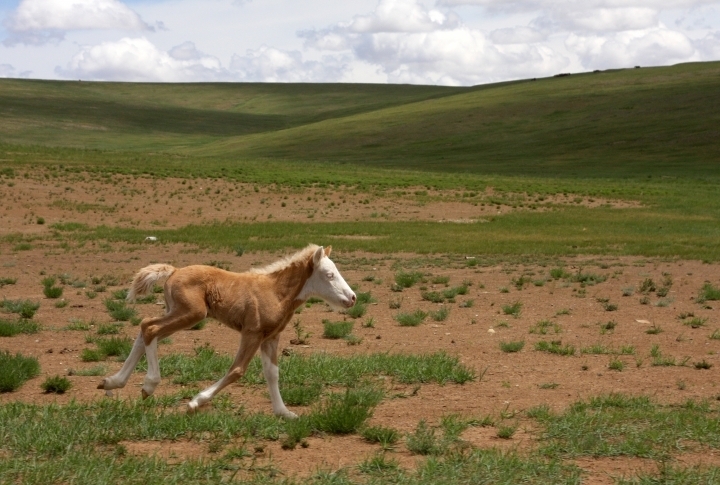
A colt was lagging behind his herd of horses, but managed to catch up with them when saw the cameras. ©Zhuldyz Seisenbekova
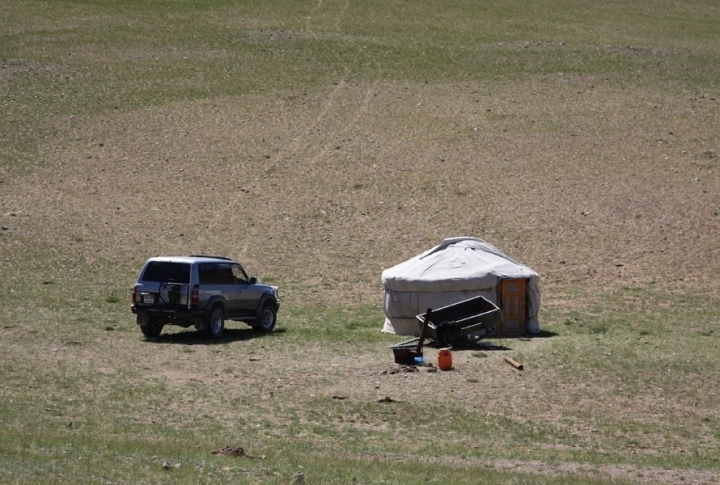
Rich Mongolians prefer a ger to a normal house. Both satellite dish and Japanese jeep look well with the ger on the background. ©Zhuldyz Seisenbekova
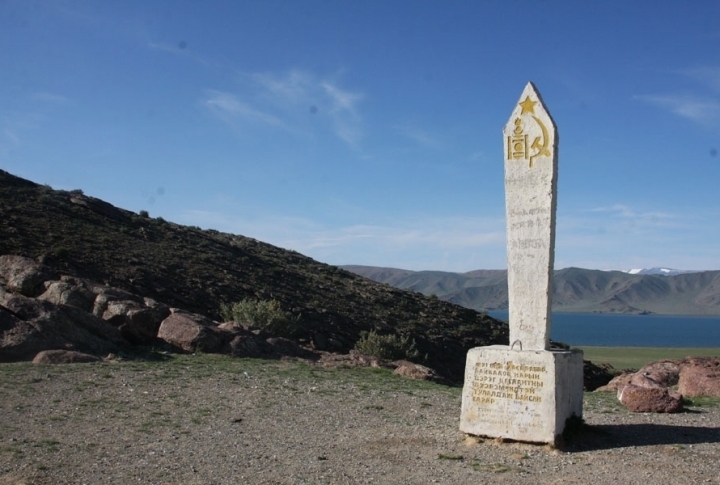
©Zhuldyz Seisenbekova
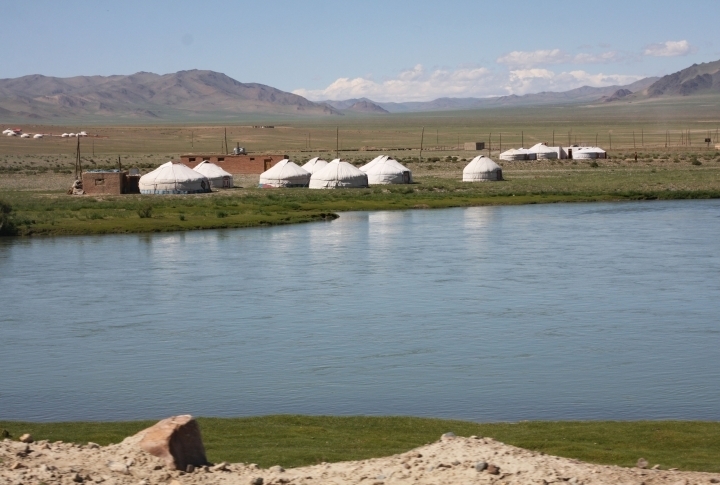
Mongols nomadise by villages frequently locating the stops at the river shores. ©Zhuldyz Seisenbekova
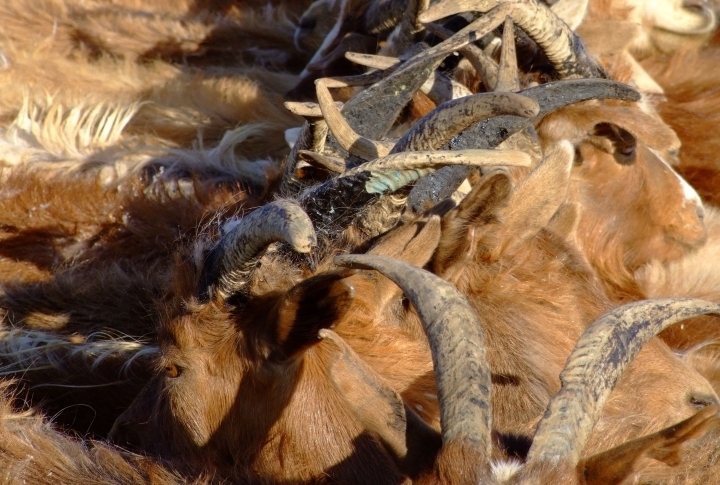
Goats are first binded to each other by their horns and then milked. ©Rustem Rakhimzhan

Mongolian dairy-woman received 400 grams of milk from one goat. ©Rustem Rakhimzhan
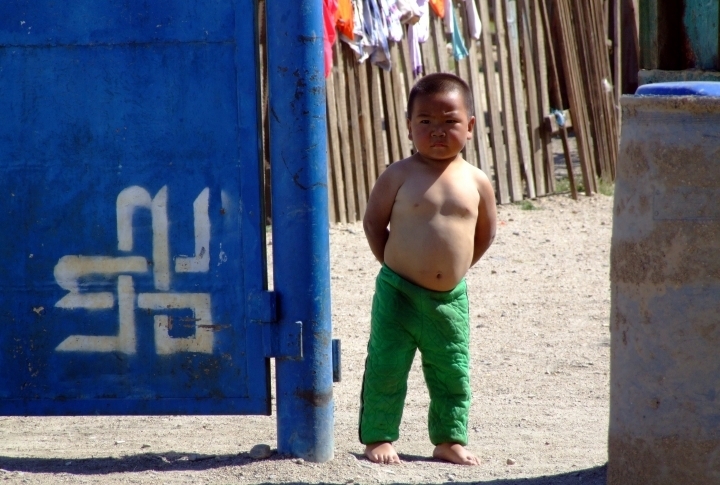
Small but fearless Mongolian boy did not want to let the cameras inside the yard. ©Rustem Rakhimzhan

Mongolians are Buddhists. ©Rustem Rakhimzhan
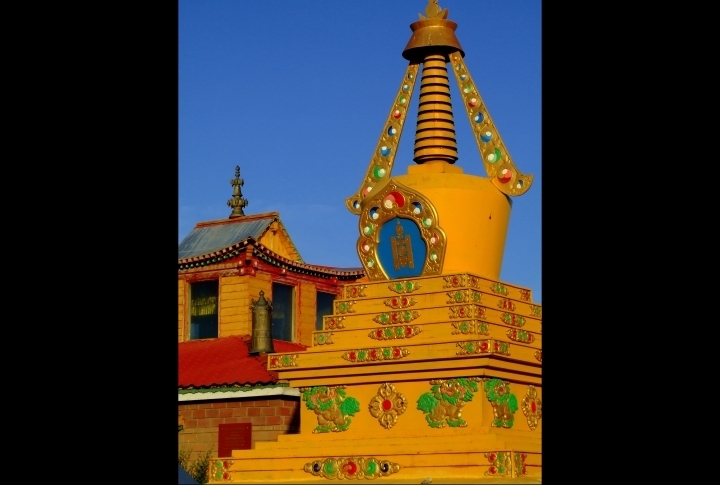
Painter cathedrals of Buddhist Mongolians are in every village. ©Rustem Rakhimzhan
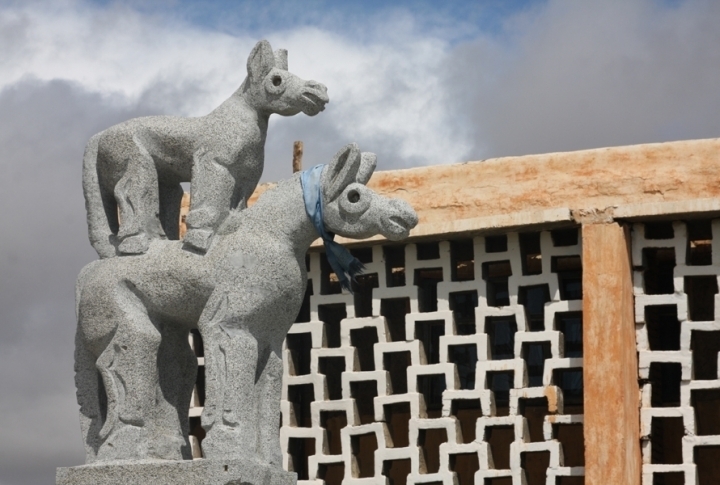
The museum in Mongolian Altai. ©Zhuldyz Seisenbekova
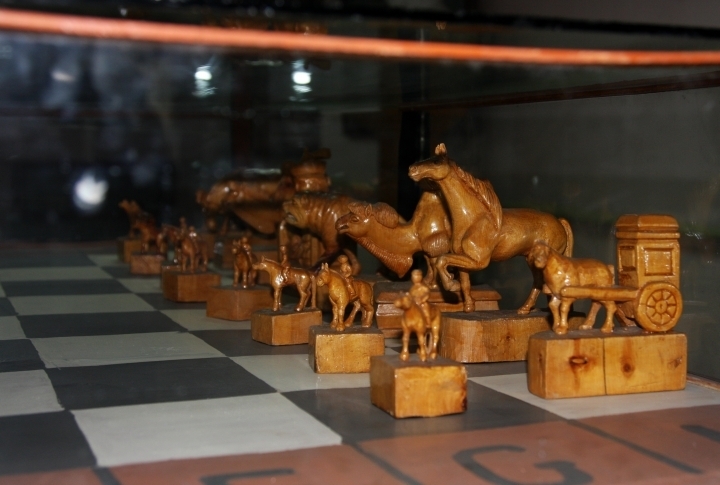
Chess came to Mongolia after India and Pakistan. ©Zhuldyz Seisenbekova
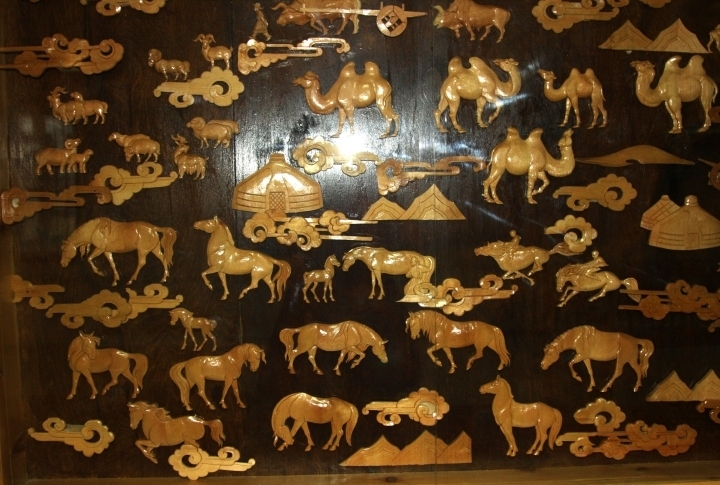
Nomads' canvas. ©Zhuldyz Seisenbekova
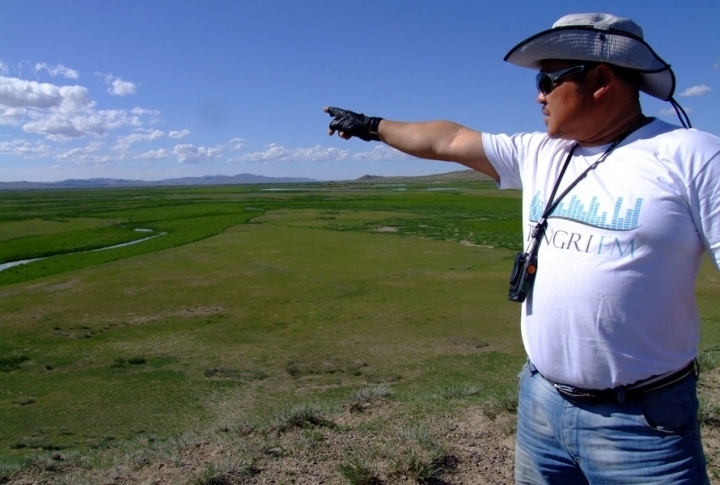
Rustem Abdrashov pointing the way to Karakorum, Genghiz Khan's capital. ©Rustem Rakhimzhan

There are many sacred places in Mongolia. Blue stripes tied by pilgrims can be seen from far away. ©Rustem Rakhimzhan
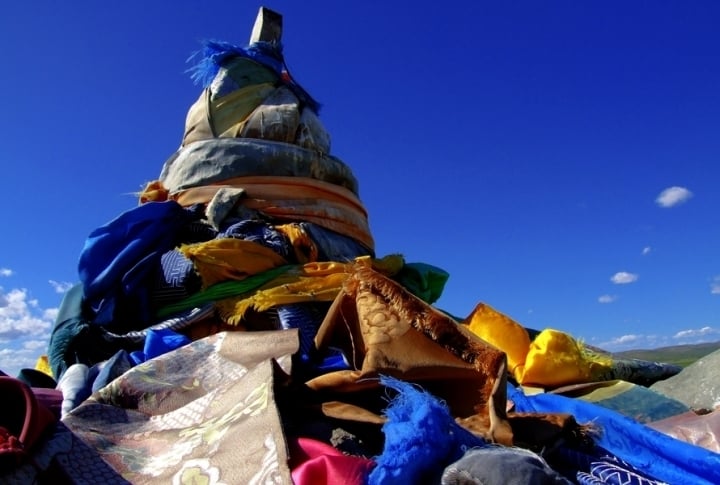
A saint hill of ovo rocks is the main place where Mongols communication with the heavens. ©Rustem Rakhimzhan
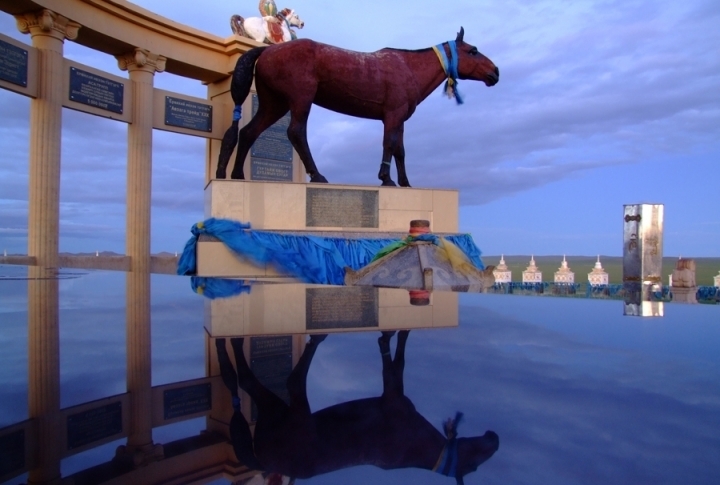
Memorial to Genghiz Khan's horse. Przhevalski's horses are still found in Mongolia. ©Rustem Rakhimzhan
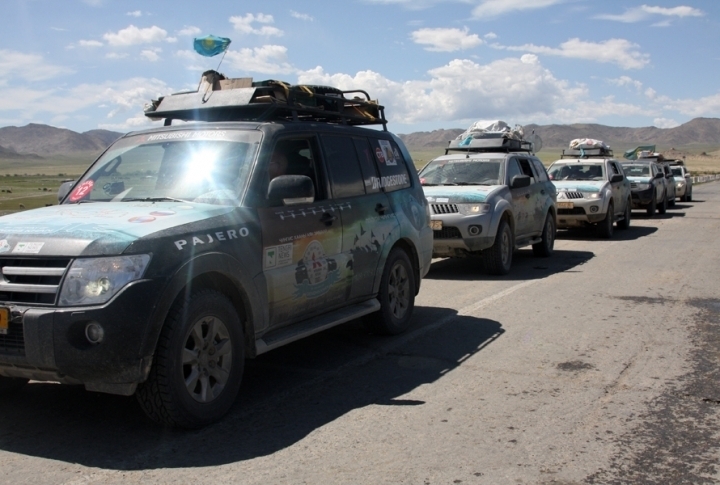
At the entrance to Khovd (Kobda) town. ©Zhuldyz Seisenbekova

Even satellite phones don't work in Mongolian mountains sometimes. ©Rustem Rakhimzhan
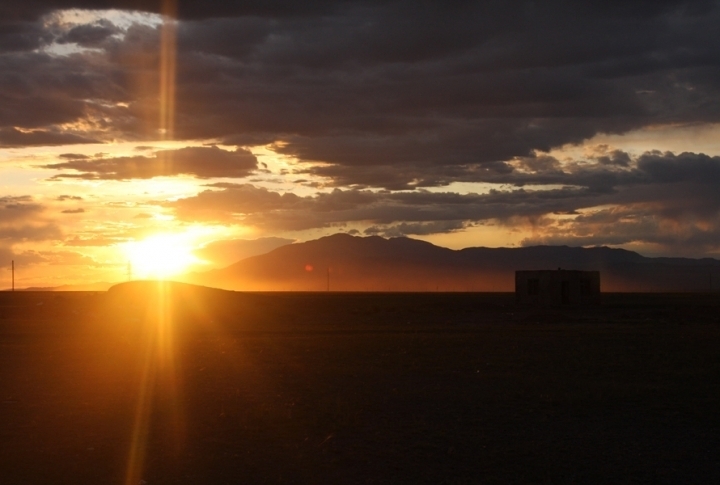
The expedition had to spend a night in the steppe because of a delay. ©Zhuldyz Seisenbekova
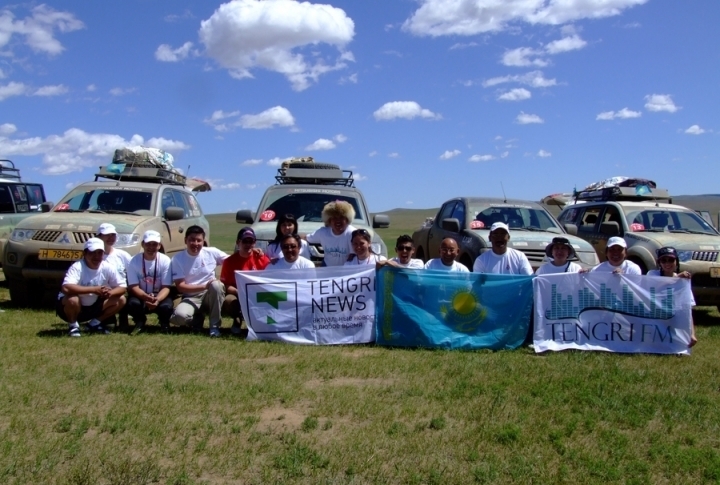
Tourist base Ugii at the Ugii Nur river not far from Karakorum. ©Rustem Rakhimzhan

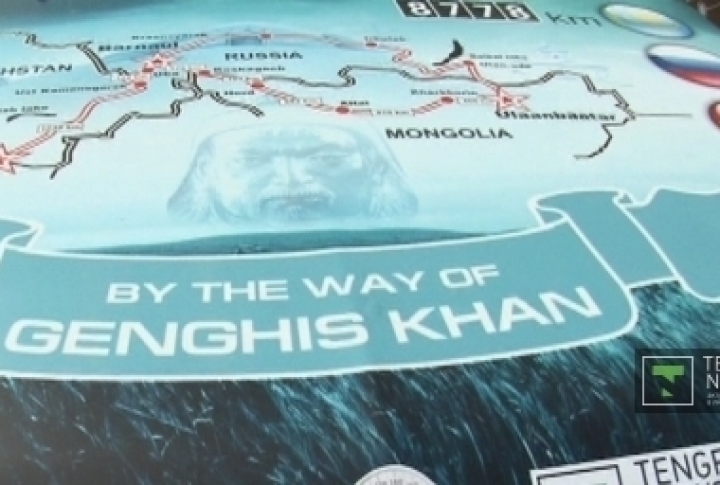
The map of the expedition. ©tengrinews.kz

 +7 (777) 001 44 99
+7 (777) 001 44 99



 Қазақша
Қазақша Русский
Русский English
English














































